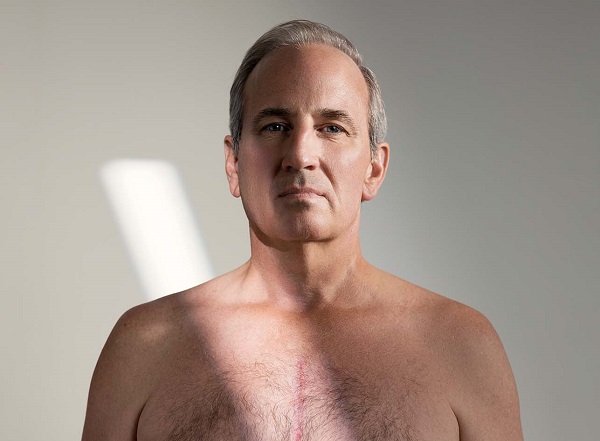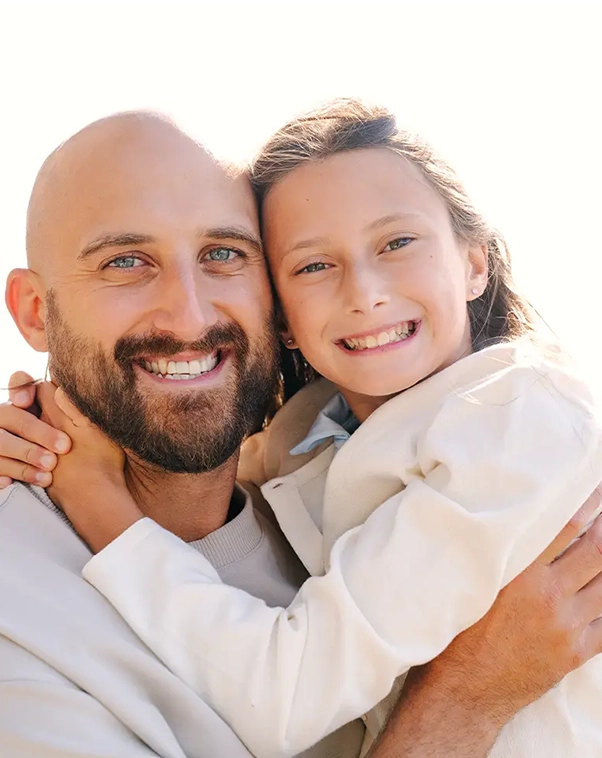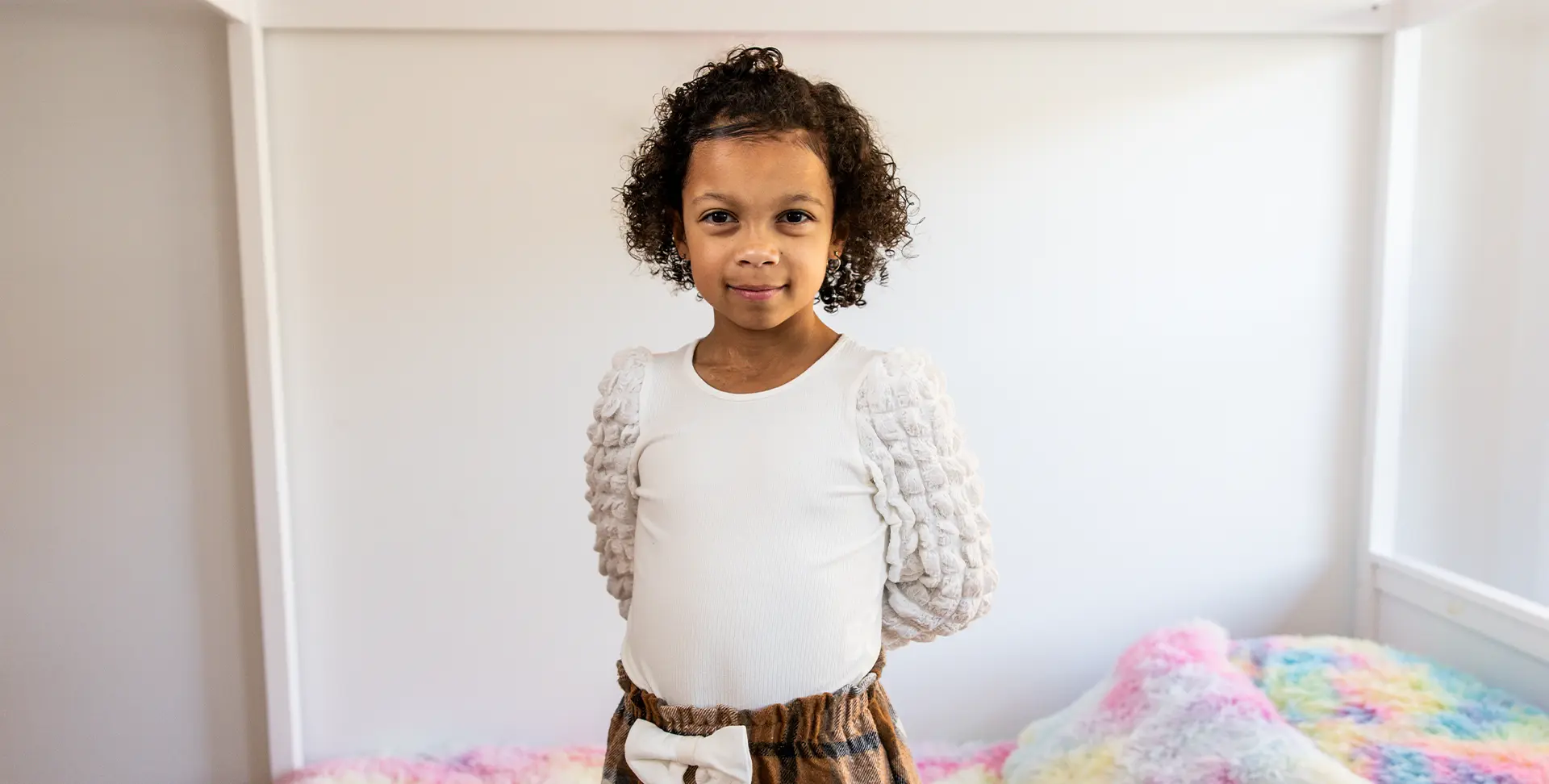
Saving baby Nora
Chapter 1 A birth, then a crisis
The first day of Nora’s life risked being her last. “She might not make it tonight. Prepare yourself,” hospital staff told her shocked parents, Aleasha Shorts and Shane Evelyn.
Nora turned blue just minutes after she was born on Nov. 3, 2016.
At first, staff at the hospital in Hamilton, Ont., didn’t know what was wrong, then realized it was Nora’s heart. But Aleasha could barely take it in. She had just given birth to twins and was more worried about Nora’s brother, Koa. He weighed only four pounds, four ounces.
She does remember a hospital cardiologist, who was herself pregnant, leaning close to say: “I’m just talking to you as a mom right now. If this was my daughter, I’d take her to SickKids now. We cannot handle her here.”
Paramedics fought to keep Nora alive as they rushed her by ambulance to Toronto’s Hospital for Sick Children.
Aleasha stayed behind with Koa till the next day. He was fine, but she clung to him. She would refuse to let him out of her sight for the months that followed, too.
Finally she saw her baby girl, hooked up to a heart and lung machine, surrounded by tubes and wires. The sight took Aleasha’s breath away.
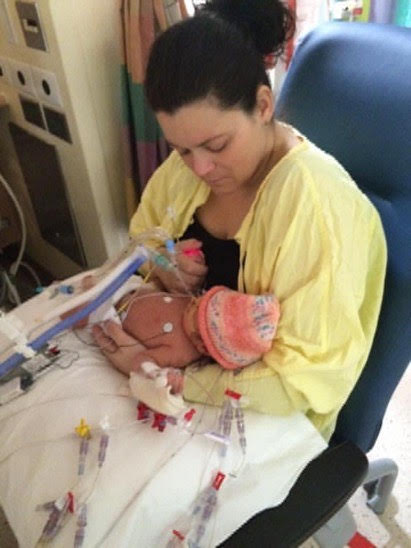
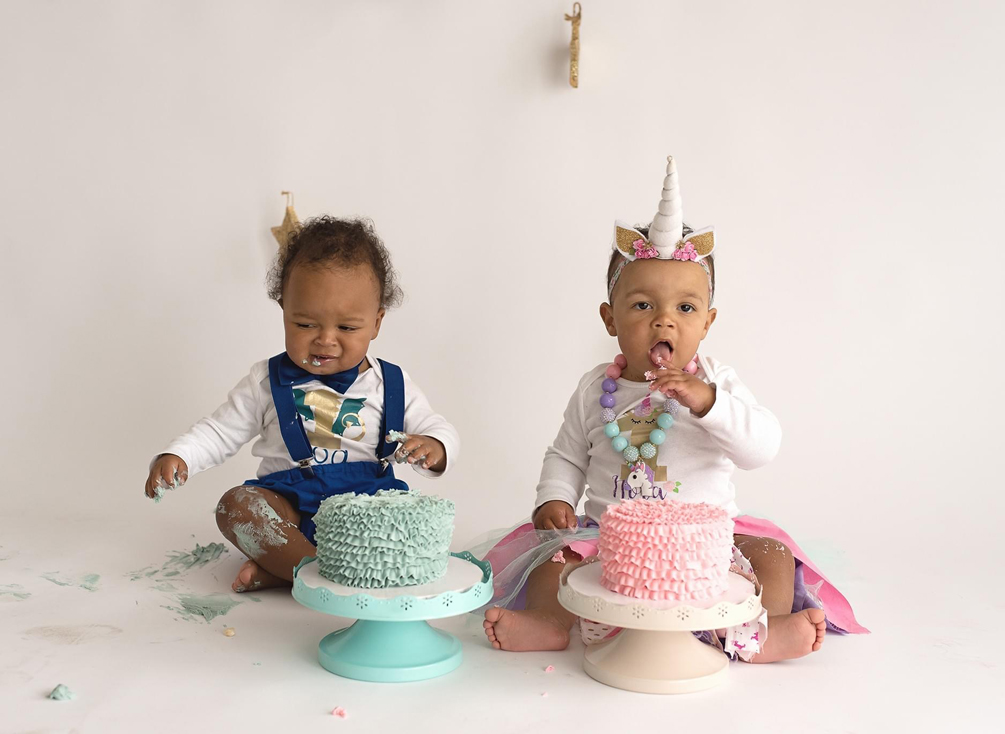
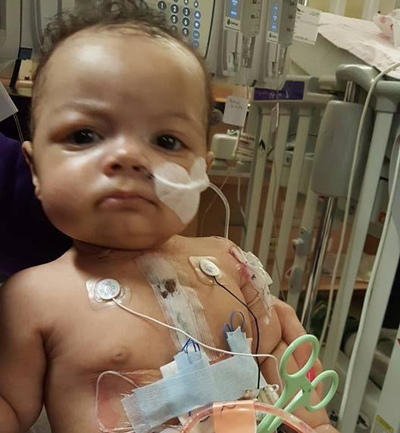
Chapter 2 Touch and go
For the next several days, doctors and nurses tried repeatedly to wean Nora off the machine. “But her heart wasn’t kicking in,” says Aleasha. Over and over, medical staff told her and Shane to prepare themselves: their daughter might not make it, her heart was so damaged.
Why was this happening? The couple were mystified. There was no family history of heart problems on either side. Heart & Stroke researchers, and winners of the CHD Team Grants, Dr. Luc Mertens, Dr. Andrew Mackie and Dr. Thalia Field are making progress on this mystery, investigating the genetics behind congenital heart defects.
Finally, Nora was stabilized with medication so she could come off the bypass machine. She was 11 days old when her parents held her for the first time. “It was only for 20 minutes, but you take what you can get,” says Aleasha. “I have a picture of it. You can see, it’s so raw.”
When people ask Aleasha how she survived those weeks, she just says she tends to stay calm in a crisis. It’s helped in her 15-year career as a corrections officer.
But she admits being rattled when one of Nora’s doctors grabbed a box of tissues on the way into a meeting they had called with her and Shane. By then, Nora had been diagnosed with a congenital heart defect leading to cardiomyopathy, which means her heart was unable to properly pump blood.
Sitting around the table, the doctors were clear: “She needs a heart transplant to survive.”
Chapter 3 A new heart, a new life
While Nora waited for surgery, the family was living at Ronald McDonald House, a couple of blocks from the hospital. Every morning of that long winter, Aleasha would bundle Koa into the stroller around 6 a.m. and head for SickKids. She would spend the day with both babies, waiting and hoping for a heart that would save her daughter’s life.
For a few weeks, Nora even joined her family at Ronald McDonald House. Aleasha admits it was risky. “She could have gone into cardiac arrest anytime. I was so terrified that she was going to die while being outside a hospital. But I took the chance.”
Five months after birth, Nora got her new heart. “She was a different baby immediately,” Aleasha recalls. The next day, Nora was wide awake and sitting up. She was soon able to eat. Six days after surgery, Nora finally left the hospital.
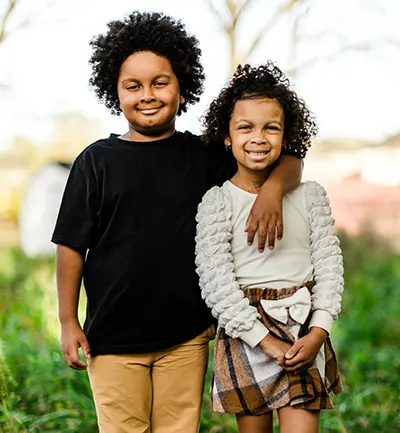
Nora with her twin brother Koa.
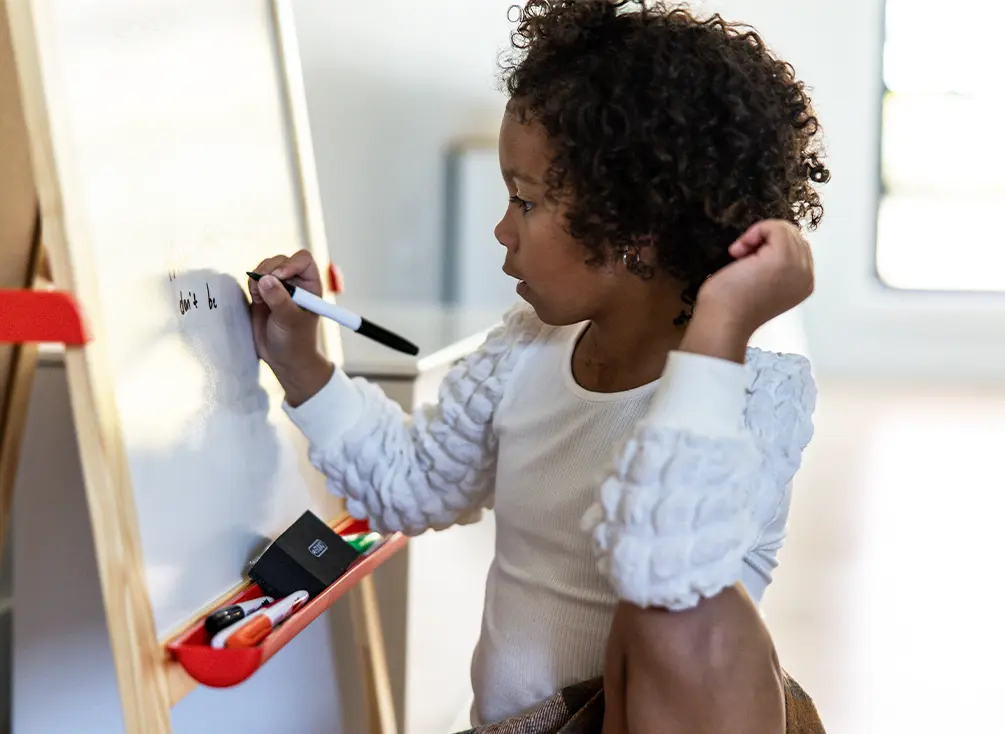
Nora is a creative and passionate girl who loves to bake, play and swim.
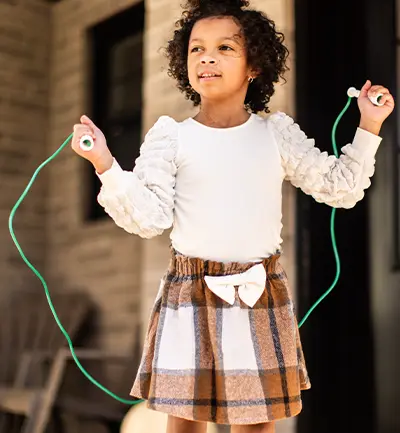
“I don’t want to put any limits on her.” - Aleasha Shorts, Nora’s mother.
Fast-forward to now, this clever eight-year-old is in French immersion school and takes gymnastics and acro-dance classes. Between bloodwork, biopsies, catheters, echo tests, ECGs, rejection checks, psychological checks and medication checks with a multidisciplinary medical team – the family is always on their toes. It may look like a lot, but it’s the only normal this family has ever known. To keep herself centred in the face of complications, Aleasha often asks herself, “is this a sick child issue, or a healthy kid issue?”
While he may have been the smaller twin at birth, Koa is now bigger in stature. He takes his protective brother role seriously and often supports Nora during routine checks and tests.
“She’s so resilient.” Aleasha says. “We keep going, but we never forget.” Nora shows her scars with pride to her grade three class, along with her bravery beads and cape that she got from SickKids while waiting for her transplant.
While Nora has few side effects of her early health problems, anything can happen as the years pass, including a higher risk for cancer or the need for another heart. Experimental research is being done on anti-rejection therapy after transplant, but it’s in the early stages.
“I do fear for her future,” says Aleasha. “But I don’t want to put any limits on her.” Despite Nora’s early fight for her life, she’s incredibly strong and capable. Outside of her appointments, school and extracurriculars, she’s an artistic, passionate girl who likes to swim, bake and play in the backyard. The twins are thrill-seekers and love rock walls and rollercoasters, leaving Aleasha and Shane in awe. “We worry so much, but we never want to forget to let them live,” her mother says with tears in her eyes. “Nora has to learn her own limits,” Aleasha says, “I want her to be proud of herself.”
For now, Nora is beating congenital heart disease. And that’s enough.
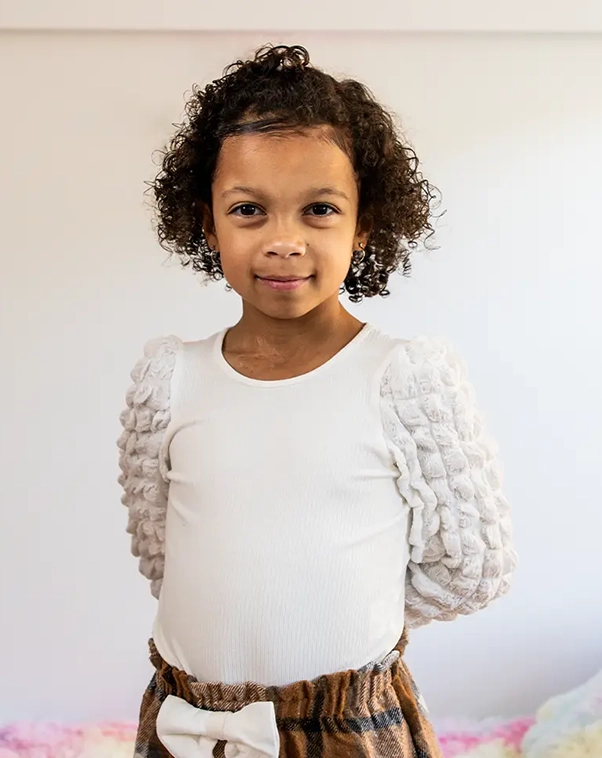
Related stories
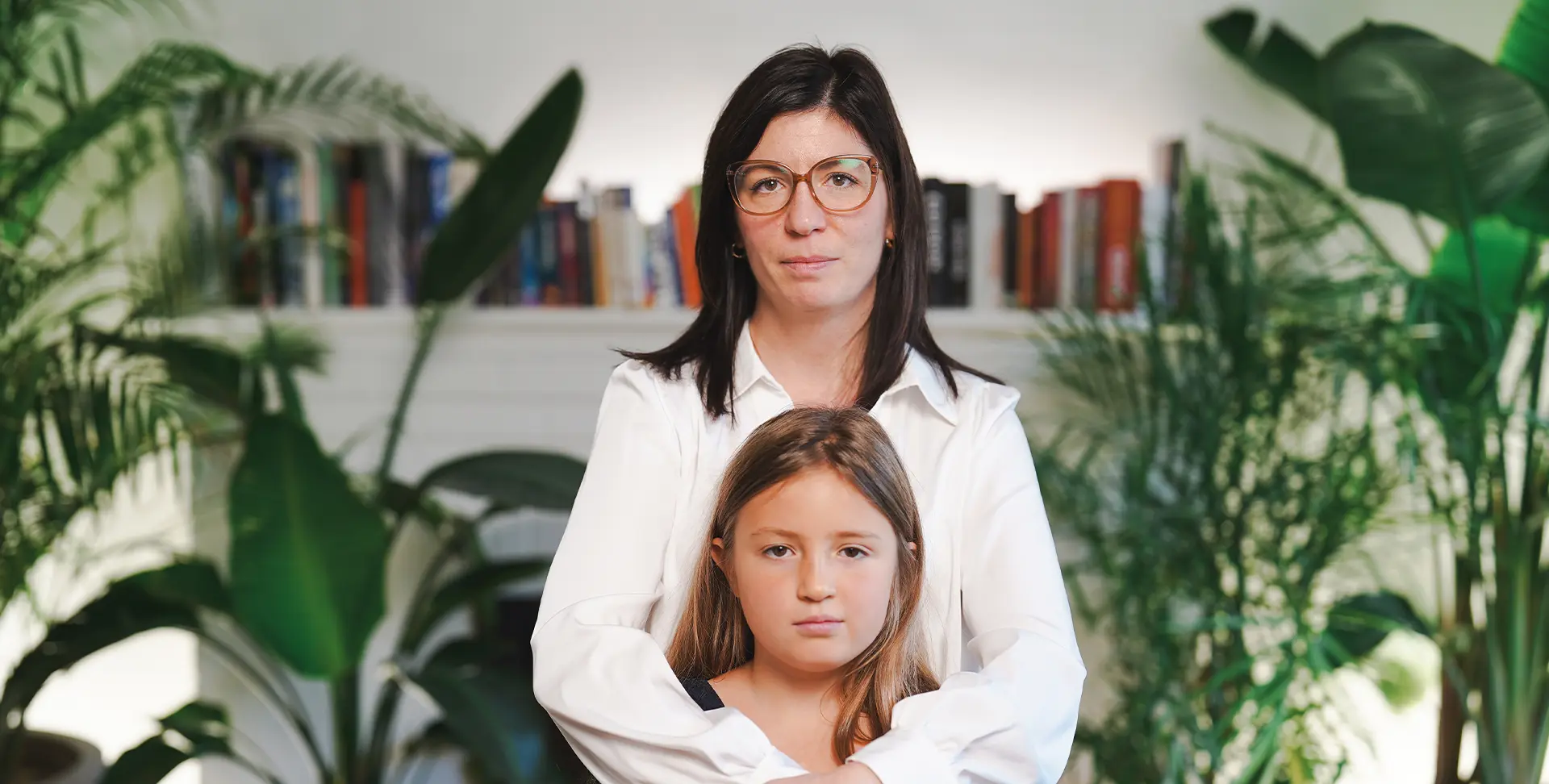
Strength runs in the family
Sophie Bessette’s daughter inherited her heart condition — and her fierce determination to live without limits

Surgery that helps move beyond survival
Dr. Luc Mertens helps patients born with complex heart defects to live better, for longer
